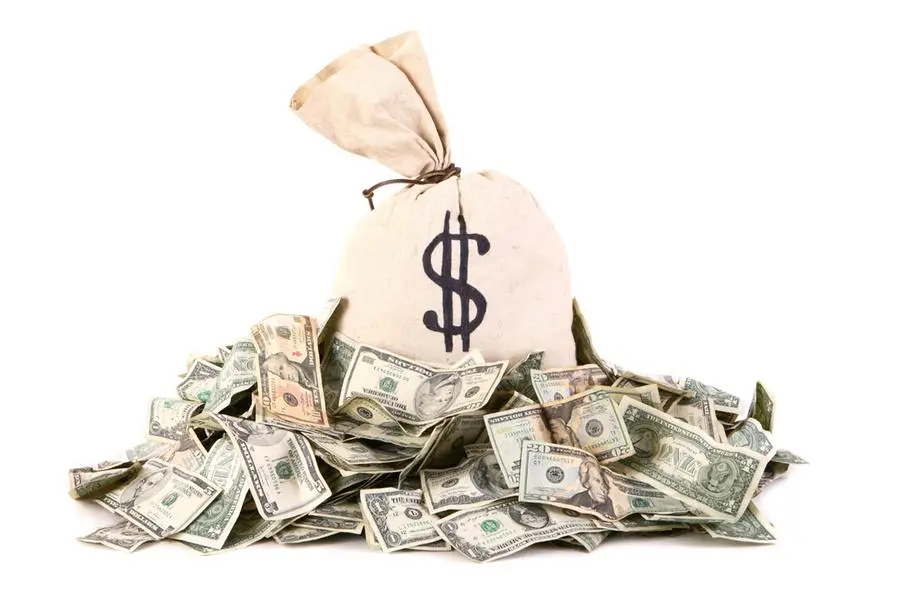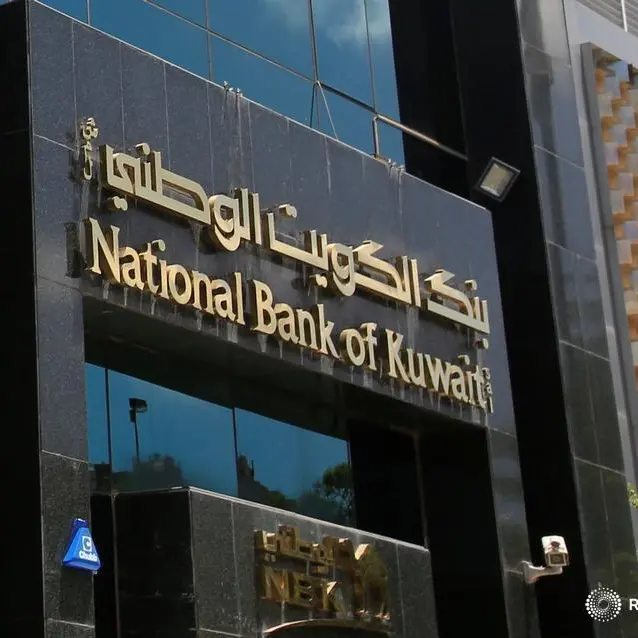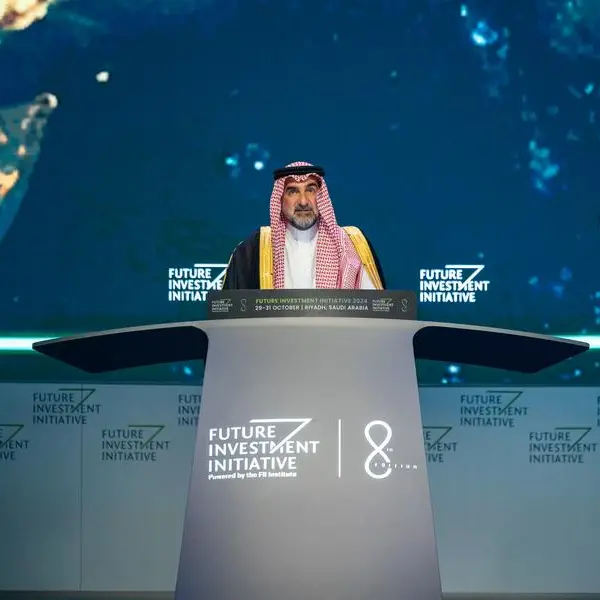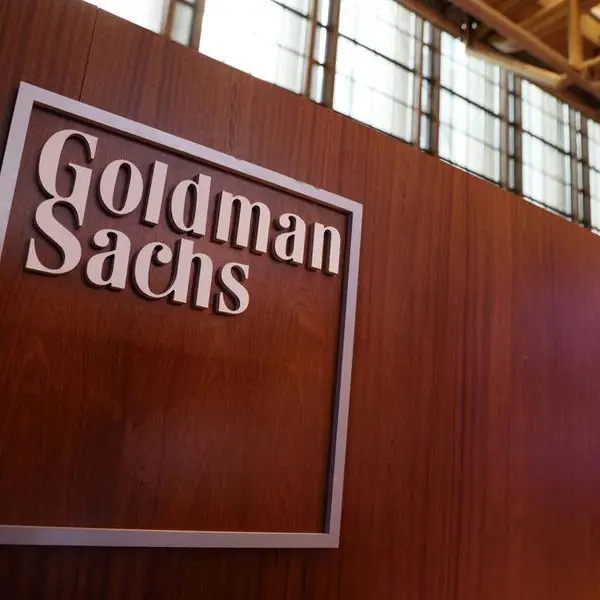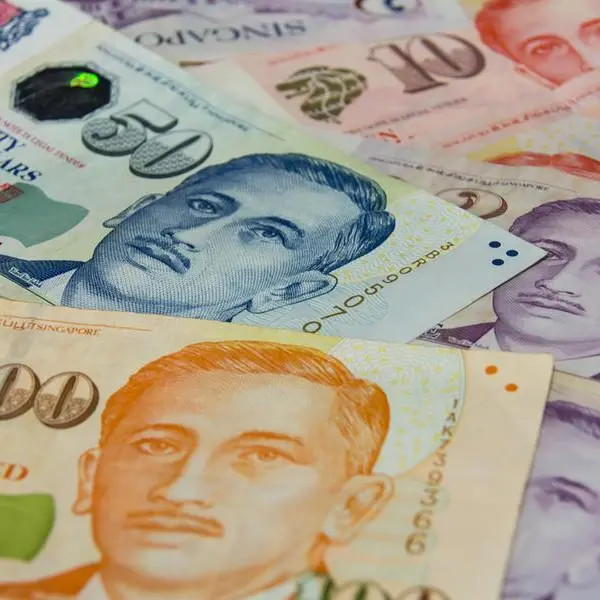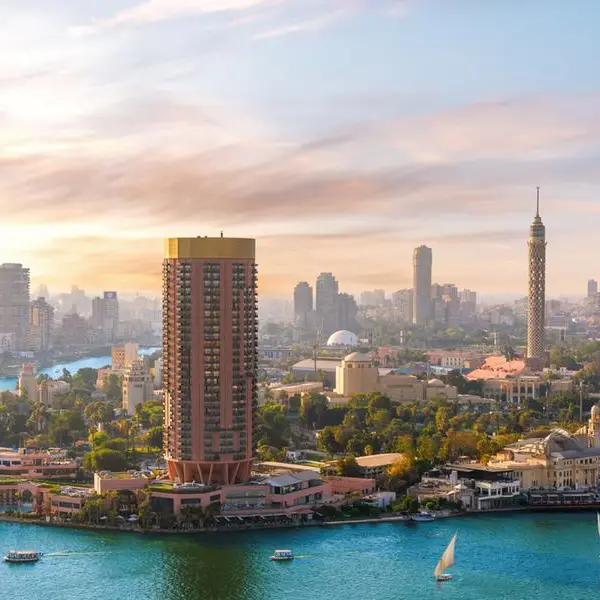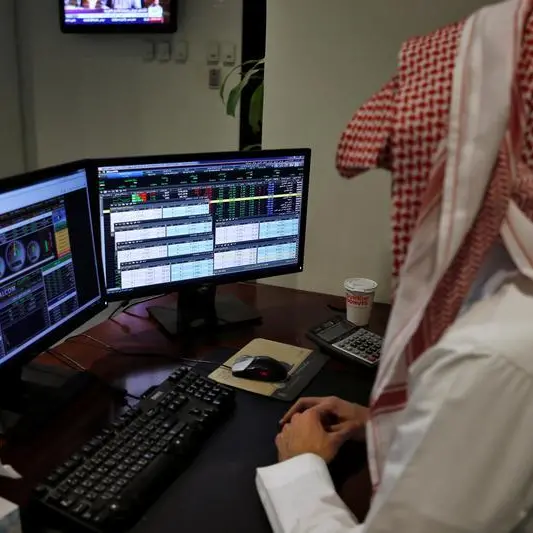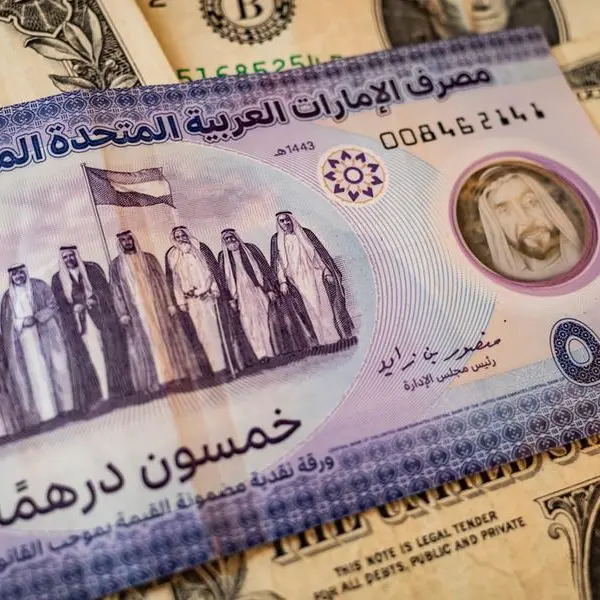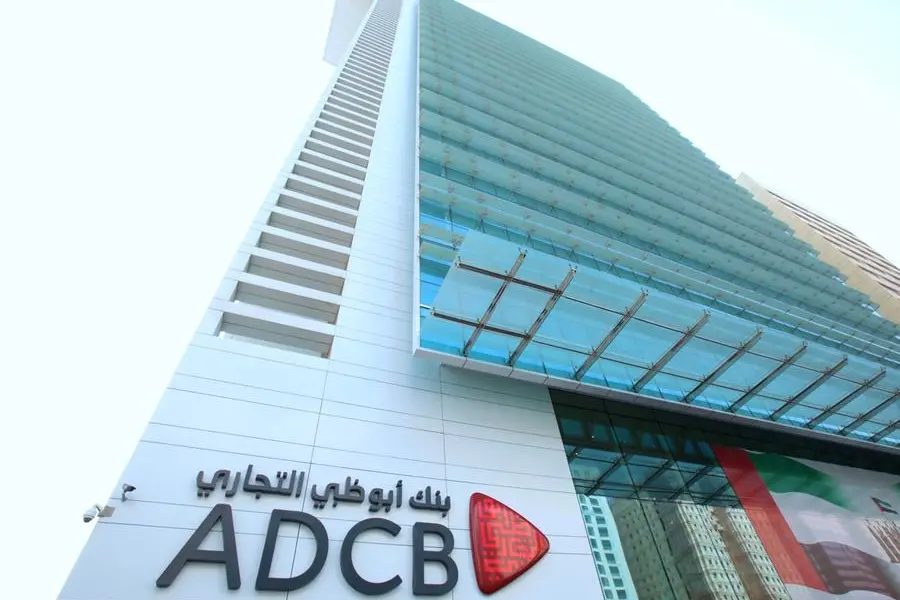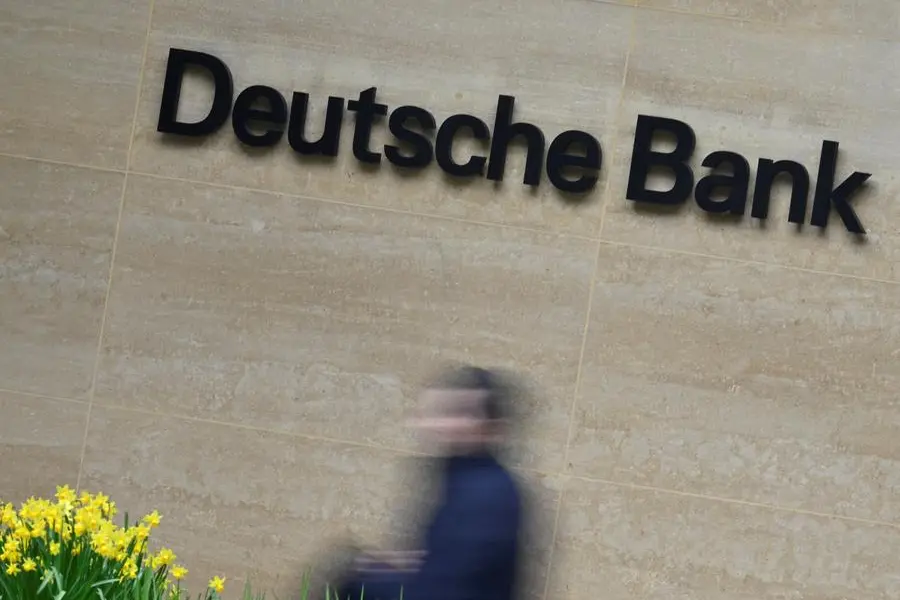PHOTO
Image used for illustrative purpose. Getty Images
A sharp increase in the number of billionaires in India during the Covid-inflicted 2020-2021 saw 60 per cent of the country’s wealth getting accumulated under the ownership of five per cent richest Indians, a new report by Oxfam revealed on Monday.
The fifth largest global economy also saw its rank of billionaires swelling to166 in 2021 from 102 a year ago.
The report, “Survival of the Richest,” was released as the World Economic Forum in Davos, called on India's finance minister to levy a wealth tax on the ultra-rich to tackle this "obscene" inequality, pointing out that the poor in India are unable to afford even basic necessities to survive.
Highlighting the large disparity in wealth distribution in India, the report noted that while more than 40 per cent of the wealth created in the country from 2012 to 2021 had gone to just 1.0 per cent of the population only 3.0 per cent had trickled down to the bottom 50 per cent.
As per the report, the Adani group chairman, Gautam Adani's wealth alone increased eight times during the pandemic and then nearly doubled to Rs10.96 trillion in October 2022, making him the richest Indian.
Cyrus Poonawala, chairman and managing director of Cyrus Poonawala group, witnessed 91 per cent rise in his wealth from 2021.
The top two industries crowded the most by Indian billionaires are healthcare and manufacturing, as per the report. While the healthcare industry has 32 billionaires, the manufacturing industry has 31 billionaires. In 2020, the healthcare and pharma industry added seven new billionaires with their combined wealth reaching Rs4.3 trillion by early 2021.
"The number of hungry Indians increased to 350 million in 2022 from 190 million in 2018. The widespread hunger is resulting in 65 per cent of the deaths among children under the age of five in 2022, according to the Union Government’s submission to the Supreme Court. After witnessing mass suffering and death during the Covid-19 pandemic, it was critical that the Government of India took aggressive measures to address injustice and poverty," said Amitabh Behar, the chief executive officer of Oxfam India.
In 2022, the wealth of Adani, who was ranked the second richest person in the world on Bloomberg's wealth index, grew by 46 per cent while the combined wealth of India's 100 richest touched $660 billion. Adani also topped the list of people whose wealth witnessed the maximum rise globally during the year.
Meanwhile, the country's poor and middle class were taxed more than the rich, Oxfam said.
The report noted that around 64 per cent of the total goods and services tax (GST) in the country came from the bottom 50 per cent of the population, while only four per cent came from the top 10 per cent.
"India is unfortunately on a fast track to becoming a country only for the rich," Behar added.
A two per cent tax on the entire wealth of India's billionaires would support the nutrition of the country's malnourished population for the next three years, the report argued. A 1.0 per cent wealth tax could fund the National Health Mission, India's largest healthcare scheme for more than1.5 years, it added.
Taxing the top 100 Indian billionaires at 2.5 per cent or taxing the top 10 Indian billionaires at 5.0 per cent would nearly cover the entire amount required to bring an estimated 150 million children back into school, Oxfam said.
"It's time we demolish the convenient myth that tax cuts for the richest result in their wealth somehow 'trickling down' to everyone else," said Gabriela Bucher, the executive director of Oxfam International.
“Taxing the super-rich is the strategic precondition to reducing inequality and resuscitating democracy. We need to do this for innovation. For stronger public services. For happier and healthier societies," said Bucher.
Copyright © 2022 Khaleej Times. All Rights Reserved. Provided by SyndiGate Media Inc. (Syndigate.info).
